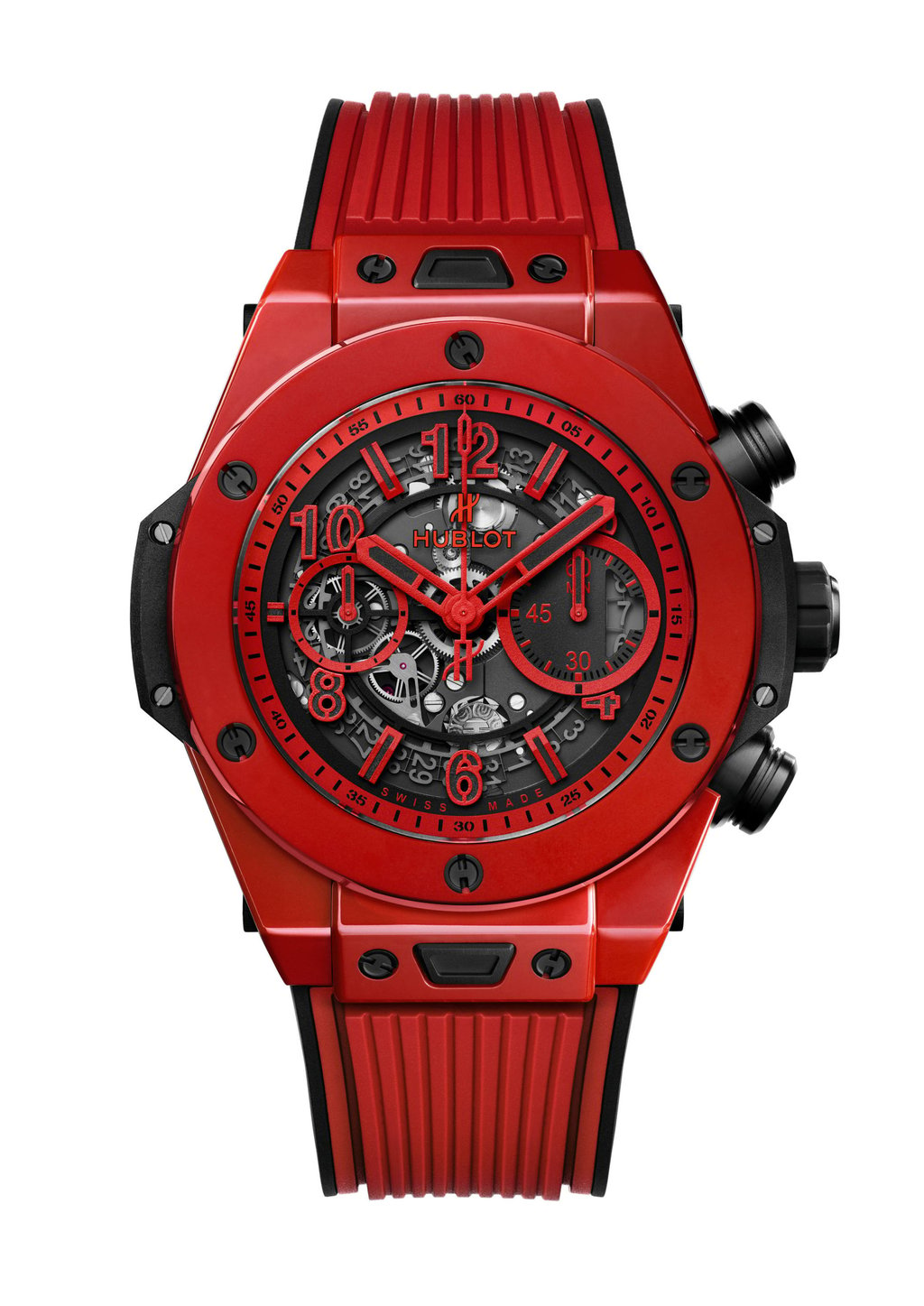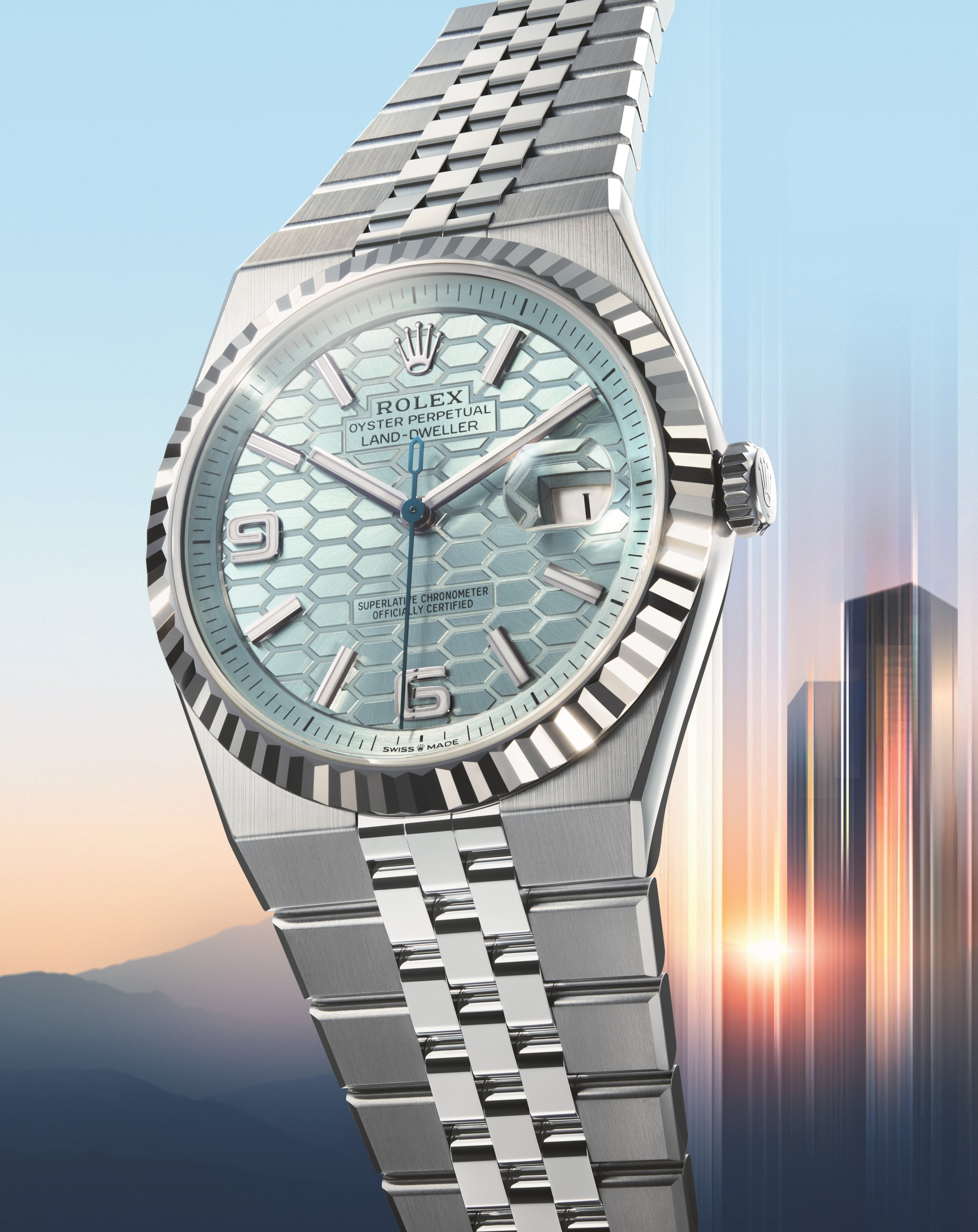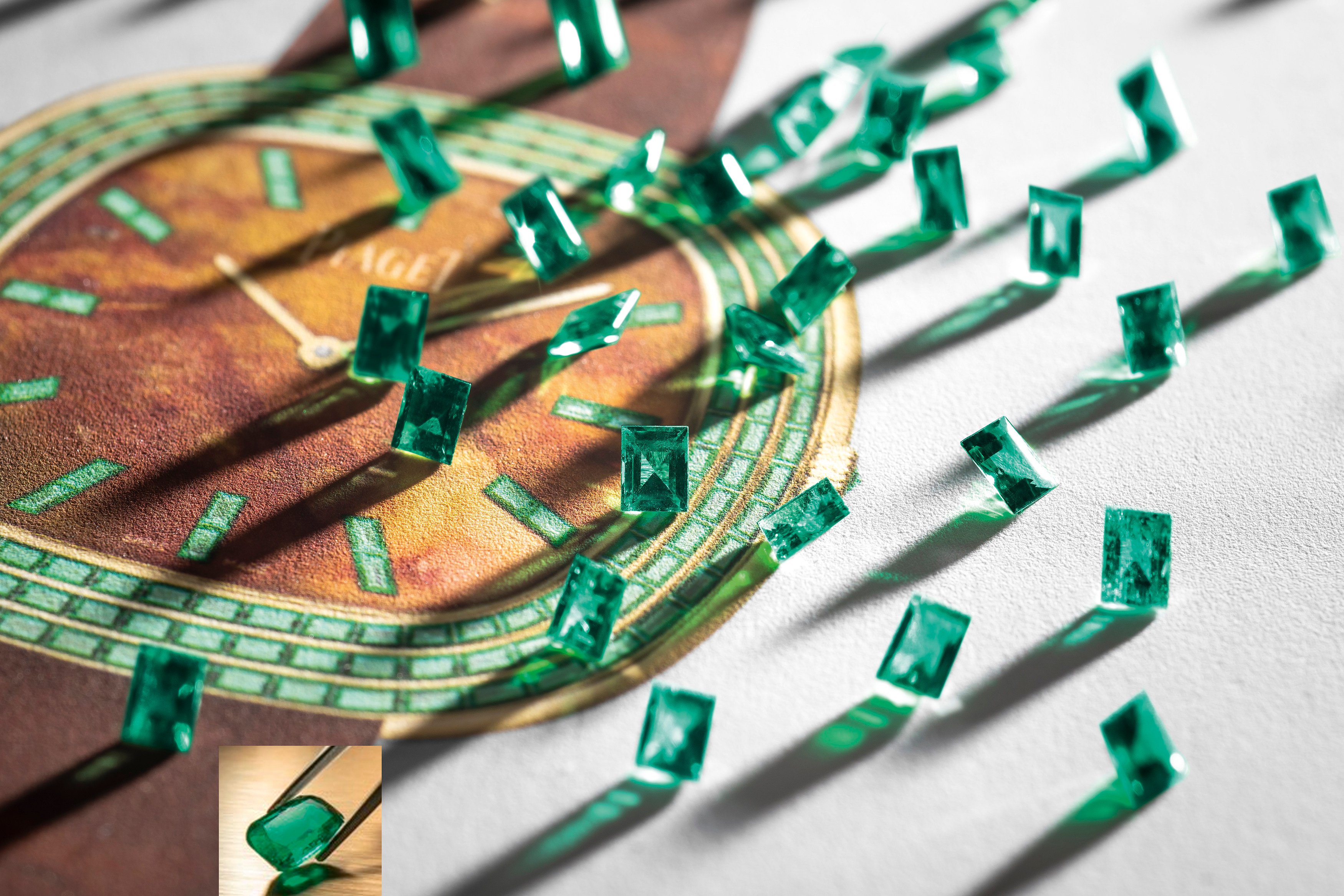Luxury meets practicality in rubber watch straps: Hublot started the trend, now Hermès, IWC, Richard Mille, Chanel and more have their own takes on this blend of casual and high-end

When Shawn Mendes matched his Patek Philippe to his khaki trunks, he showed that the rubber watch strap, once considered merely utilitarian, can be luxe too
You could think of rubber-strap watches as the kind of accessory you can wear to the school run and then later at cocktail hour.
After all, these days, most of us are doing it all. A rubber-strapped watch, especially one in a precious metal and with added gem setting, is therefore the ideal accessory for taking the wearer from day to play – a combination so incongruous as to make perfect sense in our complicated times.

The first luxury Swiss watchmaker to use rubber – a most utilitarian material more associated with, say, hosepipes or flip-flops – was Hublot in 1980.
In the conservative world of Swiss horology, this caused a certain amount of outrage. Understandably, Julien Tornare, CEO of Hublot, thinks the brand was visionary in combining such disparate elements.
“Hublot has been a pioneer and is today one of the few luxury watch brands in the market who masters the art of making precious-material watches on a rubber strap,” he says.

“Back in 1980, under Hublot’s founder Mr [Carlo] Crocco, the brand shocked the watch industry world by mixing these two materials. This audacious spirit gave birth to what we call today ‘the art of fusion’. [It seemed] unlikely that a precious gold watch could fit with a sporty rubber strap, but Hublot showed that this was avant-garde and totally possible.”
As Tornare points out, this spirit of fusion and daring still exists in its collections today. The Classic Fusion line includes pieces with a diamond-set bezel, while Big Bang watches integrate a rubber strap with case materials such as the house’s proprietary Magic Gold, sapphire, carbon and vividly coloured ceramics.





